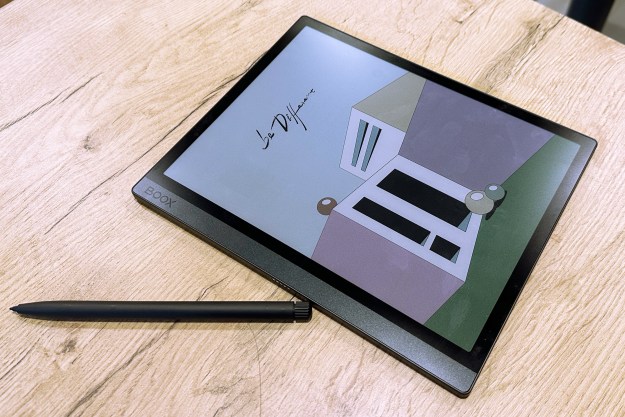
Kil Messenger on Thursday shared news that it now has more than 100 million registered users, with around 200,000 downloading the cross-platform mobile app each day.
Founded by a group of students at Ontario’s University of Waterloo in 2009, the free messaging app has grown rapidly, particularly in the past year with around 70 million new users jumping aboard.
To provide some comparison, rival service WhatsApp announced in October that it had 350 million monthly active users, while fast-growing Line has 300 million registered users. Kik is yet to provide a figure for active users, though CEO Tom Livingston claims that in the US market his software is picking up more downloads than WhatsApp at the current time.
Kik’s growth spurt coincides with the launch of its Cards feature in November 2012 that allows users to easily send YouTube videos to their Kik buddies, along with images and simple finger-drawn sketches. Games are also a part of the feature, with the recently released Costume Party proving a big hit with users.
The 28-strong Kik team calculated that offering the extra functionality would help to hold users within the app for longer, making it easy to share content without having to jump to another one to do the same thing.
Concealing the Cards element of the app behind a tab was a smart move, as it allows those who want to use Kik as a bare-bones messaging app to do so without having to worry about the feature cluttering up the interface. However, for those who enjoy the extras, access to Cards is a simple swipe away.
Competition within the messaging space has always been fierce, but it seems to have stepped up a gear just recently. Besides BlackBerry bringing its popular BBM messaging app to iOS and Android in October, Twitter appears to be taking a stronger interest in private messaging with a recent update that highlighted its direct message feature, and an Instagram update just yesterday means users of the media-sharing service can now communicate more privately.
Editors' Recommendations
- Facebook’s massive outage saw millions sign up for rival apps
- TikTok beats Facebook, Messenger in 2019 with over 700 million downloads
- Kik Messenger shuts down as Kik focuses on embattled cryptocurrency

